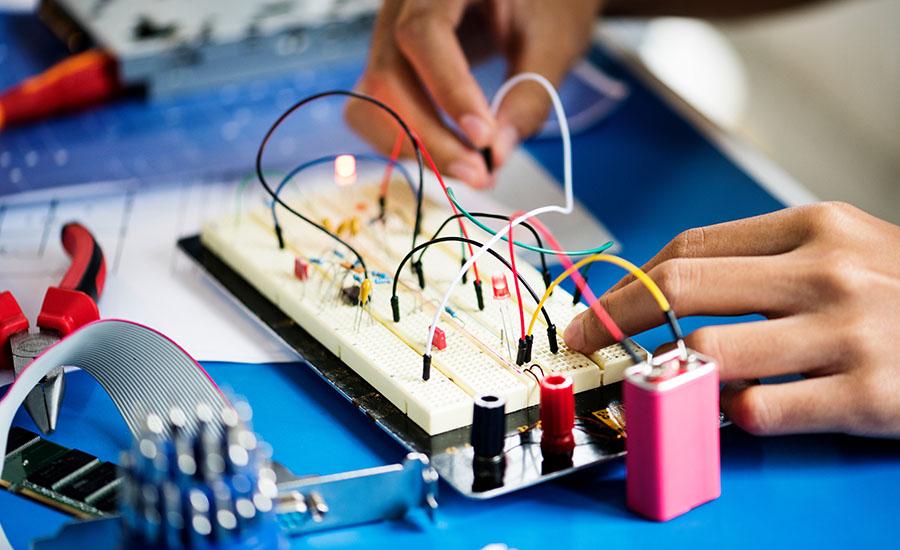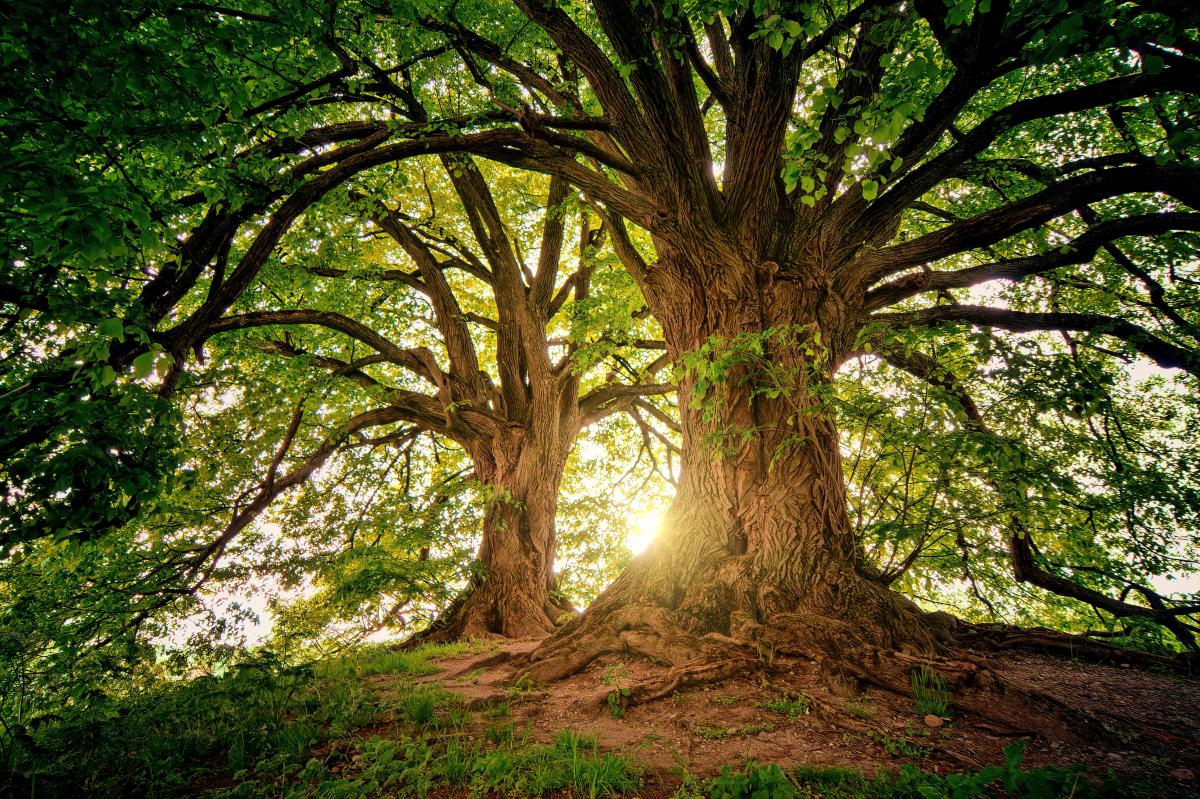This is an introductory activity to reaction kinetics at an AP Chemistry level. Students use model kits or Legos in an activity that allows them to model how changing the concentration of reactants in
Students will build a paper marble run out of recycled paper which maximizes the time of travel. Students will then analyze the run with energy diagrams and determine how much energy was lost.
This lesson gives students another real life example of Newton's Second Law of Motion. Students will use force diagrams and Newton's Second Law of Motion to find their apparent weight as they
The Wikiup-Lighthouse Project will teach students the concept of Electricity, Series and Parallel Connections, creating Circuit diagram, as well as the cultural relevance of Wikiup to the Nnee (Apache
This lesson plan is part 1 of 4. This lesson focuses on how Newton's Laws apply to rocket launches as well as what forces are present at three different stages of launch. Additional lessons will be
In this lesson, students cover concepts like states of matter and chemical changes. Students will apply these concepts to an activity where they will make fake snow. Students will be challenged to
In this engaging lesson, students explore the concept of position (Hayu') vs. time (nkez) graphs through a hands-on car motion (Buggy) activity. Using the Buggy on a marked track, students measure and
Including themes of natural resources, art, and geography; this engineering lesson introduces students to the idea of mass conservation. While using the phenomena of the water crisis in Arizona,
Including themes of ecology, physics, and environmental impact; this engineering lesson introduces students to the idea of energy conservation. While using the phenomena of the Klamath River Dam
Student teams design insulated beverage cups with the challenge to test them to determine which material works best as an insulator to keep a hot beverage warm for as long as possible. Students test
In a chemiluminescence chemical reaction, light is generated as a product. What causes light to be generated from chemicals that interact? This chemistry lesson explores the reasons why light is
This lesson is simple lesson plan for 4th grade students. It will challenge students to investigate and demonstrate that electricity is a flow of electrons around the circuit. This lesson will be 50
The lesson helps students investigate the purpose of conductors and insulators in various practical applications. The first part of the lesson is to introduce vocabulary and explain its relationship
Students learn about photochemical reactions which are chemical reactions that require light as activation energy. Students create ball and stick models to recreate sample photochemical reactions
This is a hands-on activity where students can visualize, using Skittles as atoms, the concept of balancing chemical reactions. Many students get thrown off by the fact that products often look, smell
Involving themes of outdoor recreation, ecology, and physical sciences, this engineering lesson introduces students to the behavior of channel flows within the realm of fluid mechanics. Utilizing the
Featured Lesson Plans
Check out these notable lesson plans.

In this outstanding lesson, students will explore circuitry through working collaboratively to build a working floor piano out of simple materials. Students explore the engineering design process by

STEM in the Garden- Wild Bee Hotel
Third grade students will apply their knowledge of the significance of bee pollination by designing and creating a Wild Bee Hotel in a collaborative group which will incorporate literacy, mathematical

In this outstanding lesson, students will apply their knowledge of how natural and human-caused changes to habitats or climate can impact our world in a stop motion film. The lesson covers a Science


